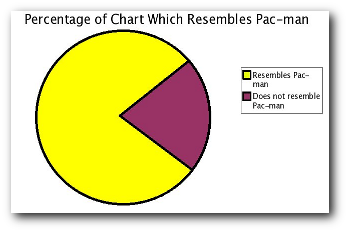How information is presented affects people’s perceptions, and ultimately their experience of performing a task. I had a great example of this yesterday morning. It started, as my day’s too often do, with an early start and a rush for the train…
To get to the train station, I get the bus. One of the best thing’s about Brighton and Hove’s bus service is that the stops have electronic information boards, showing the next few buses due to arrive, and the time they will take. They look like this:

Simple, right?
Having grown up in a relatively rural area, where buses can often fail to turn up, I found these boards amazing. Not only do they tell you when the bus is coming, but crucially, they also reassure you that the bus is coming. No more waiting for a bus that may never turn up, especially given how unreliable bus services can be, and helps lessen my concern that I won’t make the train on time.
So, it’s amazing how different my experience is when the bus times are displayed like this, as they were yesterday:

Slightly less simple?
Just by displaying the arrival time as a time, rather than the time remaining, causes my perception of the information to radically alter. I worry:
- Is the bus coming at that time, or is that just the scheduled time
- Does this account for any delays the bus is encountering
- Essentially, is this information up to date and accurate.
By displaying it as a time, the timetable loses the impression that the information presented is live, rather than just reciting pre-input data, despite essentially communicating the same information – when the bus will arrive.
This shows that how data is presented affects people’s perceptions of the information, and essentially their user experience. This can be exploited, and often is, when presenting information with an agenda. Want data to look scary? Present it on a graph with small gaps between the axis, making any change look huge. Want the same data to look nice? Change the axis values.

A non-scary graph
So, keep in mind when presenting data, that how you present it can often be equally important to the data itself.
Have you spoken to @bensauer about his Brighton buses user
research? On the same subject, I made this:
http://icanhaz.com/buses